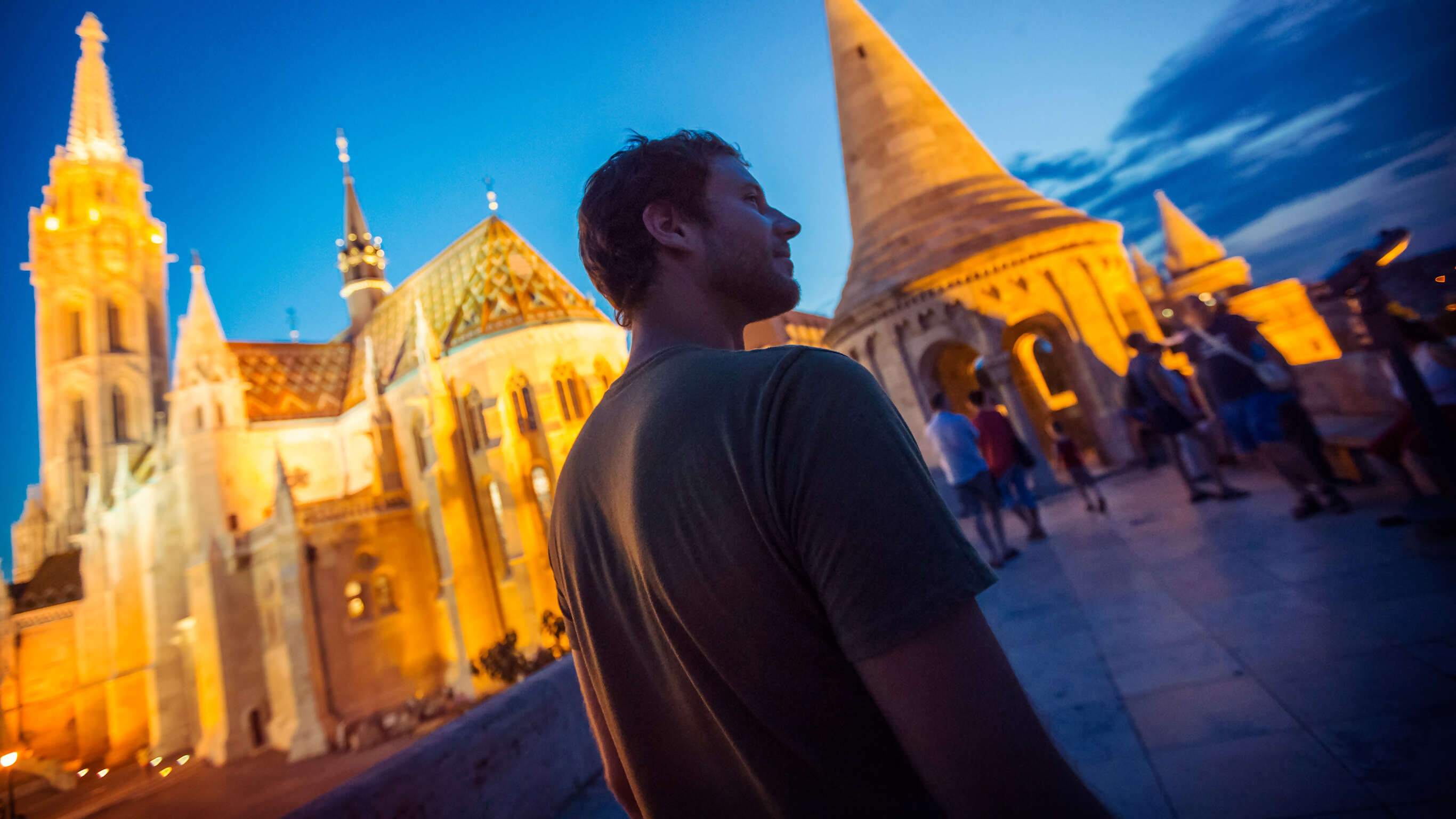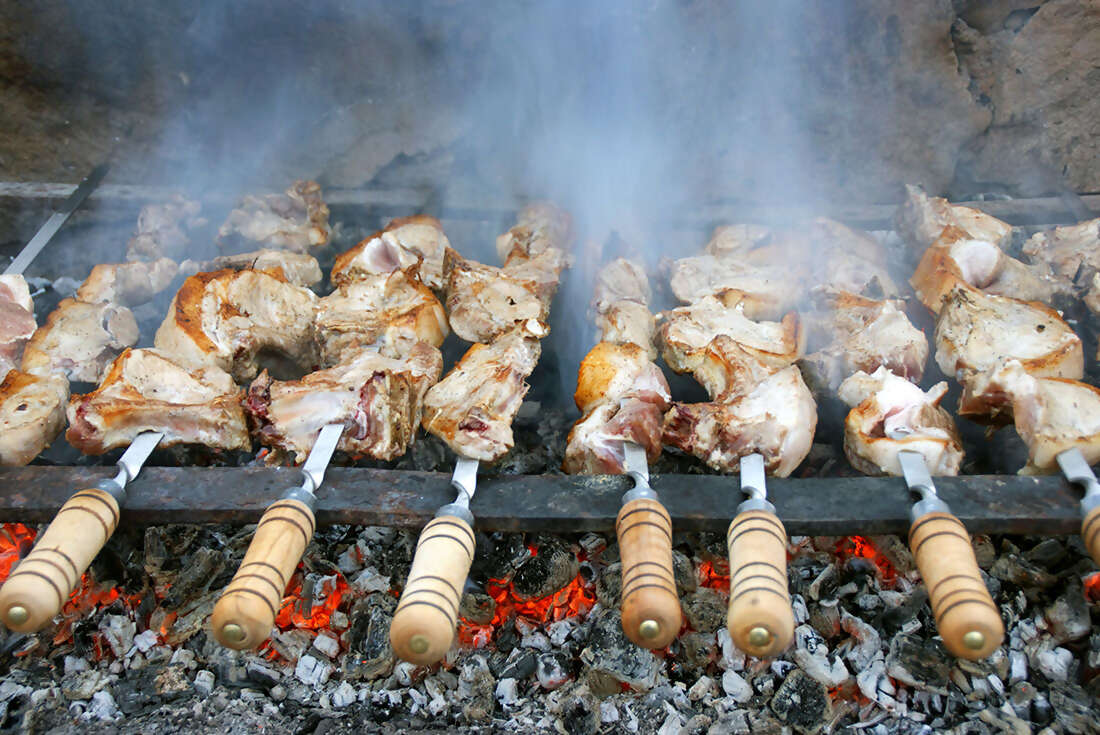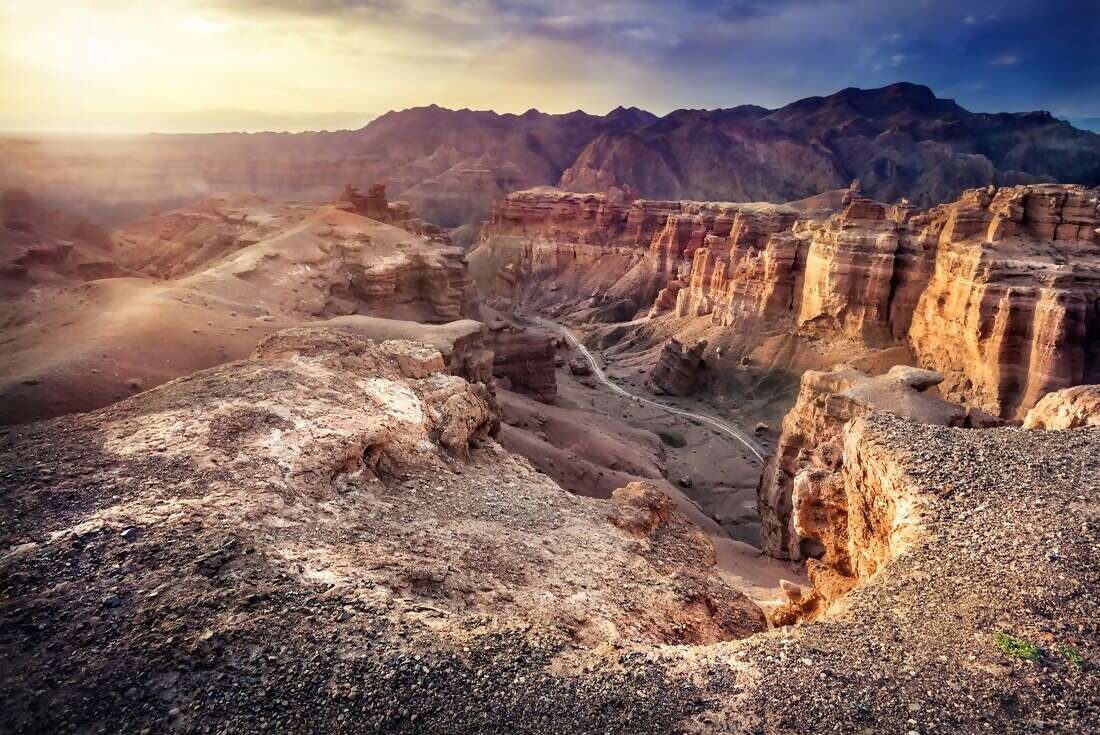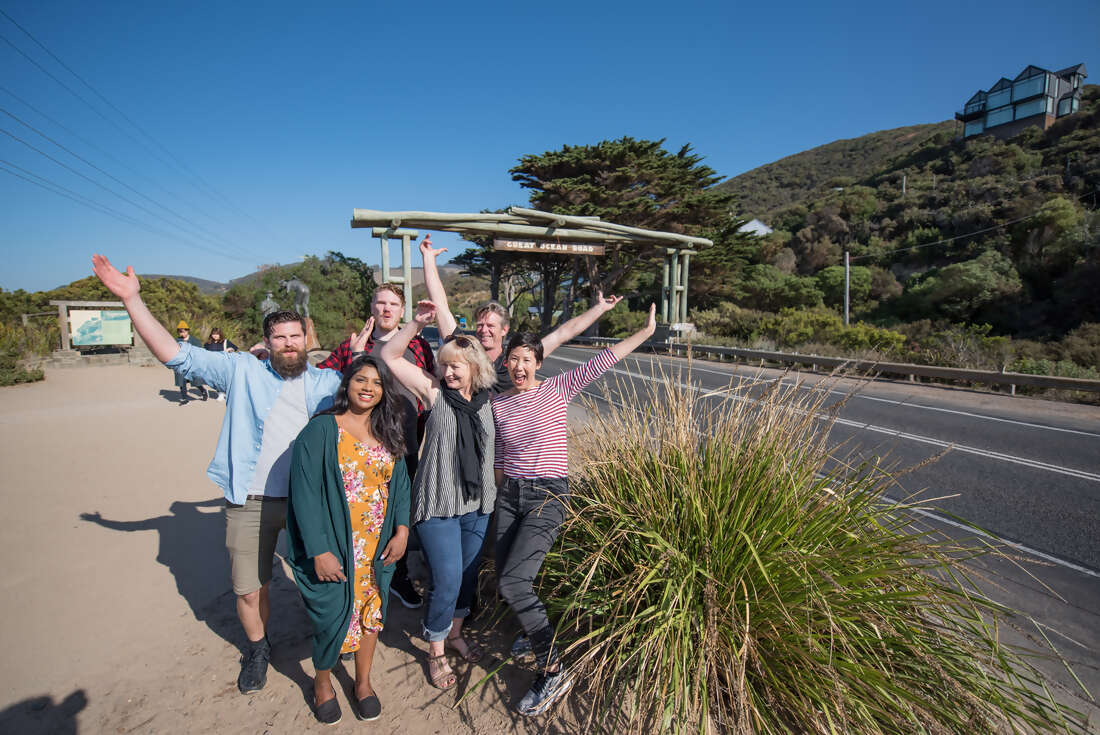 Beginning in the futuristic cityscapes of Nur-Sultan (until recently, Astana), join your small group on an epic exploration from Kazakhstan, through mountainous Kyrgyzstan, the remote lands of Tajikistan, Islam-influenced Uzbekistan, all the way to grand Ashgabat in Turkmenistan. For those counting, that’s five Stans. These vast lands are still oft bypassed, despite offering outstanding beauty and fascinating sights. The allure lies in the heritage of the Silk Road, where ideas, culture and people flowed from East to West, and in the soaring mountain landscapes that still play host to a traditional nomadic lifestyle. Journey through cities featuring reminders of Soviet occupation and out into the stunning wilderness, where ancient history and welcoming hospitality will illuminate a region often left out of the tourist light. Central Asia doesn’t get much more comprehensive than this.
Beginning in the futuristic cityscapes of Nur-Sultan (until recently, Astana), join your small group on an epic exploration from Kazakhstan, through mountainous Kyrgyzstan, the remote lands of Tajikistan, Islam-influenced Uzbekistan, all the way to grand Ashgabat in Turkmenistan. For those counting, that’s five Stans. These vast lands are still oft bypassed, despite offering outstanding beauty and fascinating sights. The allure lies in the heritage of the Silk Road, where ideas, culture and people flowed from East to West, and in the soaring mountain landscapes that still play host to a traditional nomadic lifestyle. Journey through cities featuring reminders of Soviet occupation and out into the stunning wilderness, where ancient history and welcoming hospitality will illuminate a region often left out of the tourist light. Central Asia doesn’t get much more comprehensive than this.Highlights
Unveil the mysteries of space explorations in Baikonur, where the Russian Cosmodrome is located and launches to the International Space Station take off.
Surround yourself with the surreal landscapes of the Altyn-Emel National Park, including the mysterious singing sand dunes, and visit the Grand Canyon's 'little brother' – Charyn Canyon.
Skirting the border with Afghanistan, get glimpses of the other side, from the hair-raising Afghan-built footbridges (ovrings) to the exotic imports on display in Khorog's local bazaar.
Steeped in Silk Road history and immortalised in many great tales, the UNESCO-protected town of Khiva is as photogenic as it is legendary.
Witness the eternal flames of the Darvaza Crater, or the 'Door to Hell', as you camp nearby – one of the strangest, most mesmerising geological oddities on earth.










- You will visit the following places:
-

Almaty
Almaty, formerly known as Alma-Ata and Verny, is the largest city in Kazakhstan. The city used to be the former capital of the country, until 1997 when it moved to Astana. Being a financial and cultural center of Central Asia, Almaty boasts moderately-sized tourist and expatriate communities and it is a hustling and bustling place to be. The word Almaty literally means ''city of apple trees'', and because of its relatively mild climate, it has a wide range of apple trees. It is a wonderful gateway to this undiscovered and distinctive country. Kazakh people are very kind and welcoming, and you will be pleasantly surprised by the hospitality.
-

Bishkek
Bishkek formerly Pishpek and Frunze, is the capital and the largest city of Kyrgyzstan. Bishkek is also the administrative centre of Chuy Province which surrounds the city, even though the city itself is not part of the province but rather a province-level unit of Kyrgyzstan. The name is thought to derive from a Kyrgyz word for a churn used to make fermented mare's milk (kumis), the Kyrgyz national drink. Founded in 1825 as the Kyrgyz-Khokand fortress of "Bishkek", then, in 1862, named as the Russian fortress Pishpek in 1926 the city was renamed Frunze, after the Bolshevik military leader Mikhail Frunze. In 1991, the Kyrgyz parliament restored the city's historical name.
-

Dushanbe
Dushanbe is the capital and largest city of Tajikistan. Dushanbe means Monday in the Tajik language. It was so named because it grew from a village that originally had a popular market on Mondays. Until 1929, the city was known in Russian as Dyushambe, and from 1929 to 1961 as Stalinabad. As of 2014, Dushanbe has a population of 778,500. Although archaeological remnants dating to the 5th century BC have been discovered in the area, there is little to suggest that Dushanbe was more than a small village until the early 20th century.
-

Tashkent
Tashkent is the capital of Uzbekistan and of the Tashkent Province. The officially registered population of the city in 2008 was 2.1 million. Unofficial sources estimate the actual population may be as much as 4.45 million. Due to the destruction of most of the ancient city during the 1917 revolution and later to the 1966 earthquake, little remains of Tashkent's traditional architectural heritage. Tashkent is, however, rich in museums and Soviet-era monuments.
-

Ashgabat
Ashgabat is the capital and the largest city of Turkmenistan in Central Asia, situated between the Karakum Desert and the Kopet Dag mountain range. It is a showpiece capital. It has been designed, at the cost of billions of dollars, to show the world about the glories and accomplishments of the Turkmen. The city looks like none other on Earth – a throughly artificial collection of white marble buildings across a long, dry valley. At sunrise or sunset, there's a beauty to this uniform, outsized ambition, as if the set of a science-fiction film suddenly became an actual human settlement.